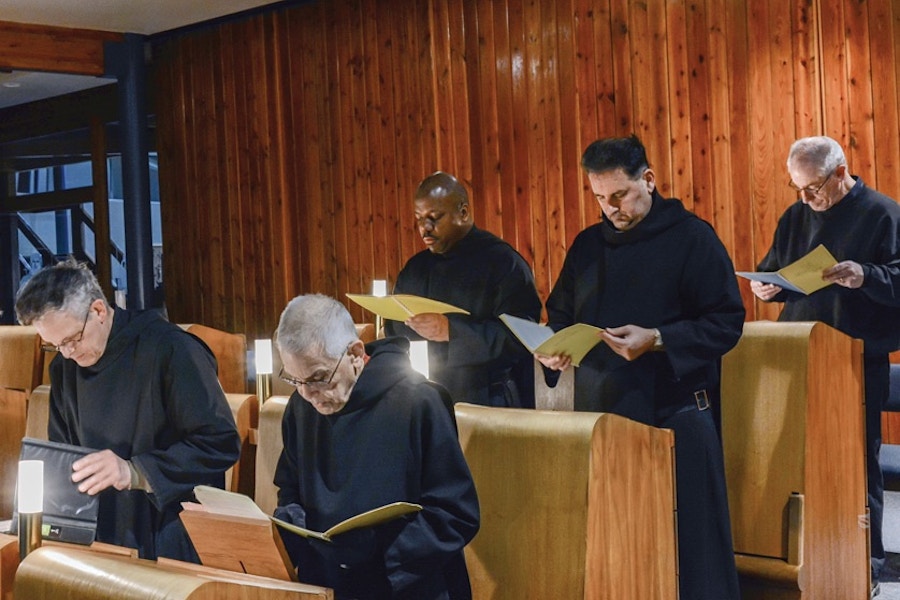Ignatius of Antioch loved to emphasize that we are all image-bearers. In every one of his letters, written as he journeyed to martyrdom in Rome, Ignatius described himself as “Ignatius the Image-bearer.”
Yet to employ a common phrase in New Testament theology, we are “already but not yet.” We still “live between the times.” The spiritual discipline of lectio divina is especially concerned with the incompleteness, the imperfection, the “not yet-ness” of our present condition as God’s image-bearers.
We are created in and bear the image of God, but our image-bearing is now cracked, skewed, distorted. The discipline of lectio divina works within us to straighten us out; it helps to heal the spiritual genes that have mutated. Through the power of the Spirit, it is a form of spiritual gene therapy.
The practice of lectio divina stretches back across the years to worthies such as Origen, Basil the Great, John Cassian, Gregory the Great and Benedict of Nursia. For instance, a fundamental aspect of Benedict’s Rule concerns lectio divina. Those who joined Benedict’s monastic community were expected to be able to read; if they could not do so, they learned.
Benedict knew that the ability to read would enable a more specific kind of reading that had as its ultimate objective the imprinting of what was read on both the mind and the heart, the intellect and the affections.
My modern iPhone acoustic reading resembles somewhat the ancient Benedictine reading technique for spiritual transformation. Jean Leclerq explains that in Benedictine monasteries — and for Benedict himself — to read and to meditate entailed “the phenomenon of reminiscence,” much like the repetitio (“repetition”) that I mentioned in a recent blog. To facilitate reminiscence or remembrance, both the church fathers and medieval monastics read out loud.
Leclerq writes that “They read usually, not as today, principally with the eyes, but with the lips, pronouncing what they saw, and with the ears, listening to the words pronounced, hearing what is called ‘the voices of the pages.’ It [lectio divina] is a real acoustical reading; legere [to read] means at the same time audire [to hear].”
Benedict employed other words and phrases to describe the silent reading that marks how most moderns read texts: tacite legere (to read silently); legere sibi (to read to oneself); legere in silentio (to read in silence).
Michael Casey helps to bring Benedictine reading practices to life:
“The monks tended to read slowly, probably vocalizing the words as they read. Often significant passages would be committed to memory; only a few scholars had the possibility of taking notes for permanent reference. With so few titles available, favorite works would be re-read many times. Because there were few reference books or commentaries, the monks had to learn to sit with difficulties and obscurities and try to puzzle out for themselves the meaning of the page before them. Reading became a dialogue with the text.”
The theological foundations of lectio divina support the rhyme and rhythm of spiritual reading, whether we are reading the biblical text or other devotional literature. We’ll explore these foundations in next week’s blog. Blessings.


